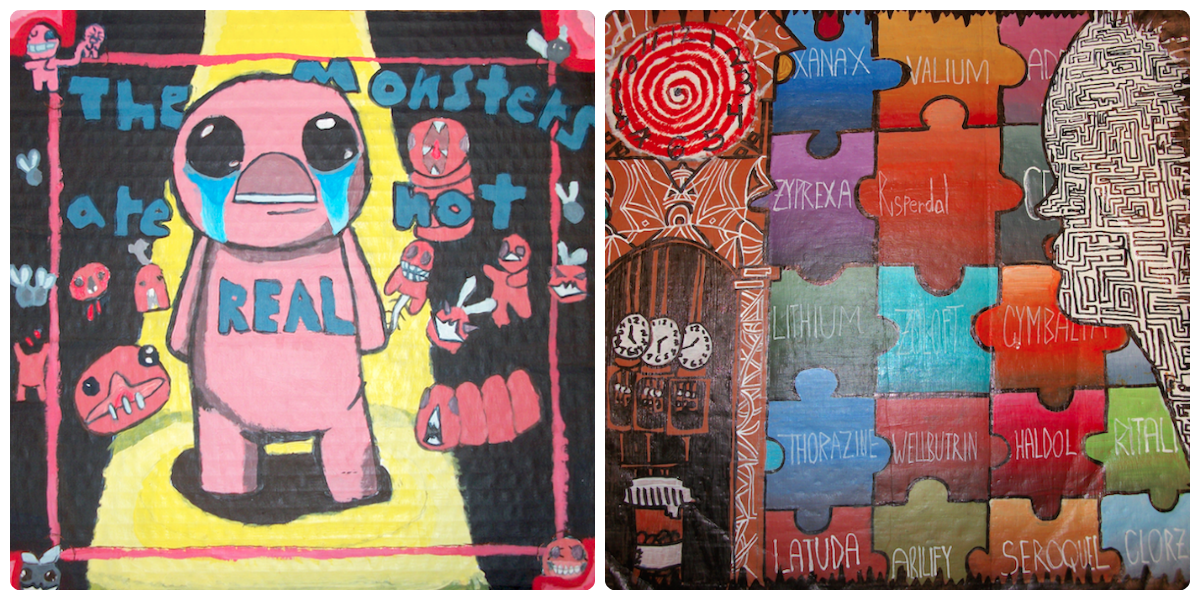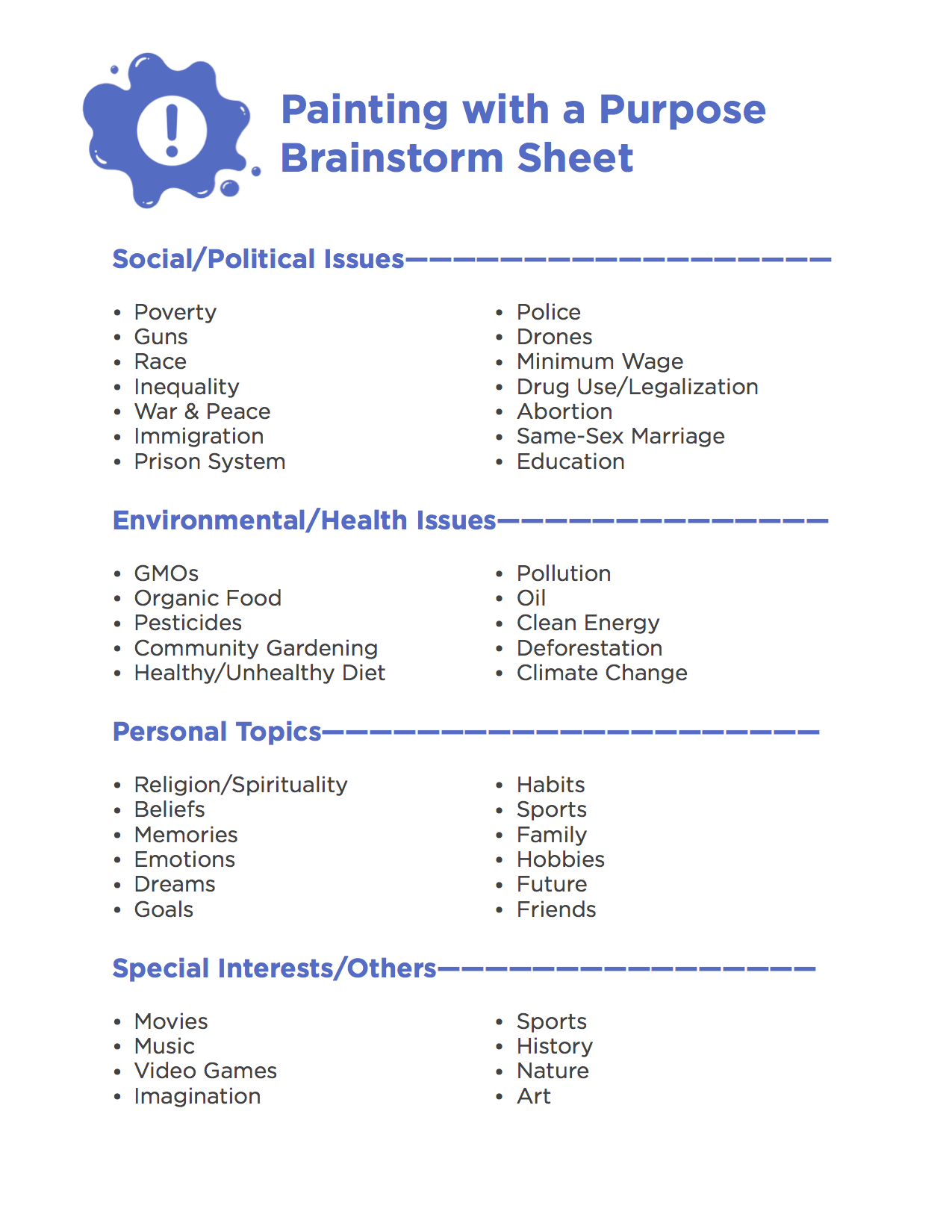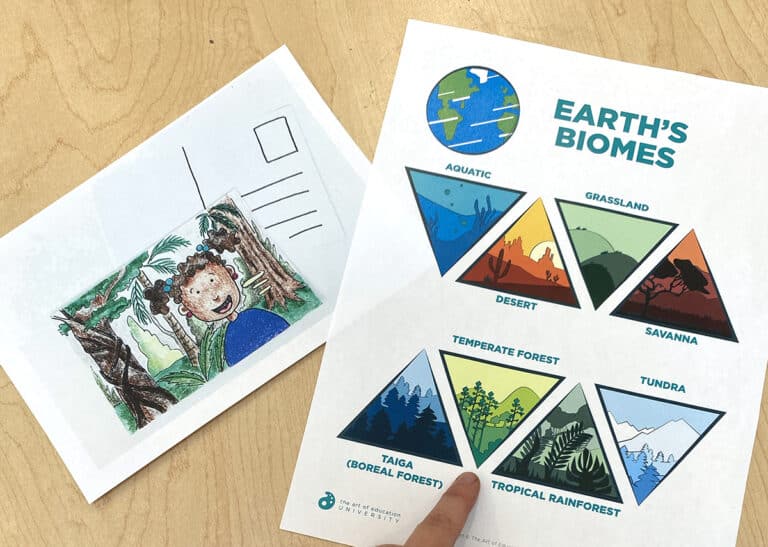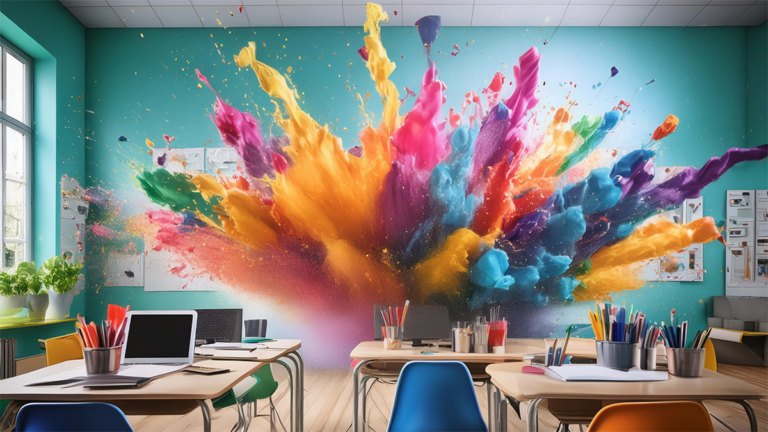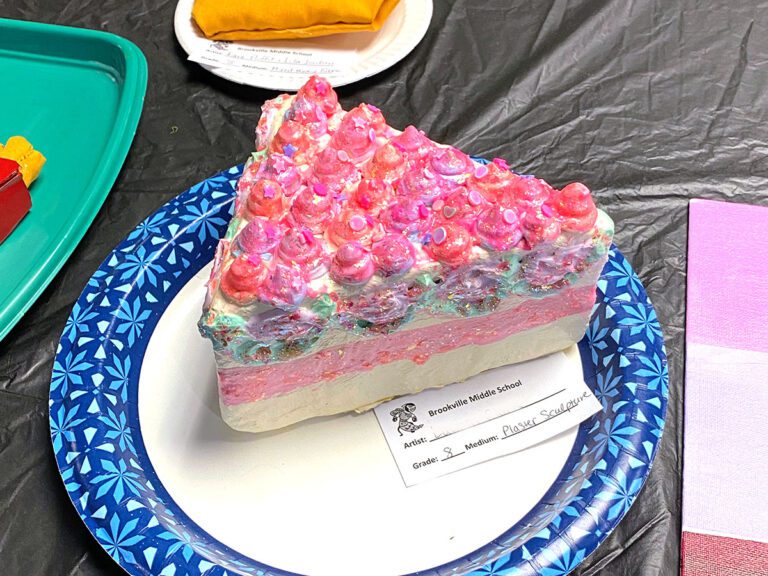Getting students to make authentic, powerful pieces can sometimes be difficult. Students may not want to share their deep feelings or may not be excited about the amount of work required to make a strong statement piece. However, requiring students to practice this important skill can have powerful, long-lasting effects for their future artwork. Today I’m sharing a project I do in my classroom that develops student voice and provides the opportunity for powerful communication. Called “Painting with a Purpose,” it’s the perfect project to get students thinking deeply. Here’s how to do it.
Communicate the Requirements
The Painting with a Purpose project has several requirements for students to grapple with. Each one of these is part of their final assessment on the project. The requirements are:
1. A Message
Projects that allow students to express their opinions can provide them with a sense of empowerment. The goal of this project is to have students communicate something of importance to an audience. It can be challenging to develop messages that have deep, personal significance. Allowing text as an option along with imagery can help some students reinforce a message they would like to communicate.
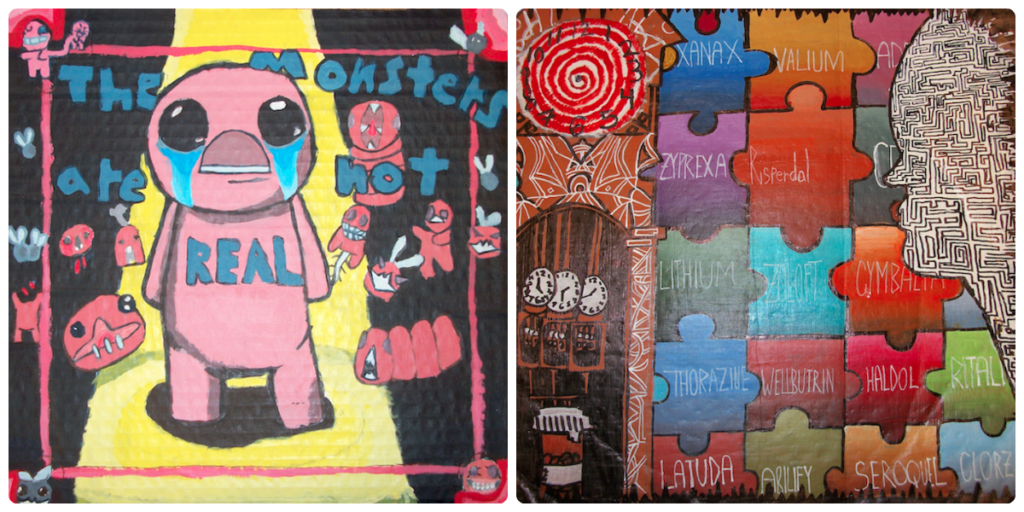
2. A Symbolic Image
The idea of the symbolic image is one that students can really get into. In essence, the symbolic image represents something more than what is seen at face value. For example, a student may get excited about painting a variety of pills in order to represent deeper issues of addiction, substance abuse, or other personal experiences.
3. Three (or more) Artistic Conventions
Artistic conventions can be anything studied with students up to that point, from principles of design to color theory applications. Allowing for student choice helps increase authenticity and motivation.
4. A Frame/Border
Sometimes the most creative, intriguing parts of this assignment come through in how students choose to create a frame or border. The frame is drawn and painted on. It can surround all four edges of the support, or only cover two edges. Some might make it straight with one solid color, while others design elaborate patterns into it.

5. Two Coats (or more) of Paint
Applying multiple coats in all areas helps create opaque, rich color. Two coats is also a minimum for commercial painters, so it is a good habit that translates into that industry as well. Some colors require more coats to cover well.
6. Less Than 25% Negative Space
Sometimes students like to create compositions that are filled with empty space. By limiting the percentage of negative space in a composition, scale and complexity of compositions can increase. Of course, there are always exceptions, especially if the negative space helps to enforce the message.
Key Steps to Implementation
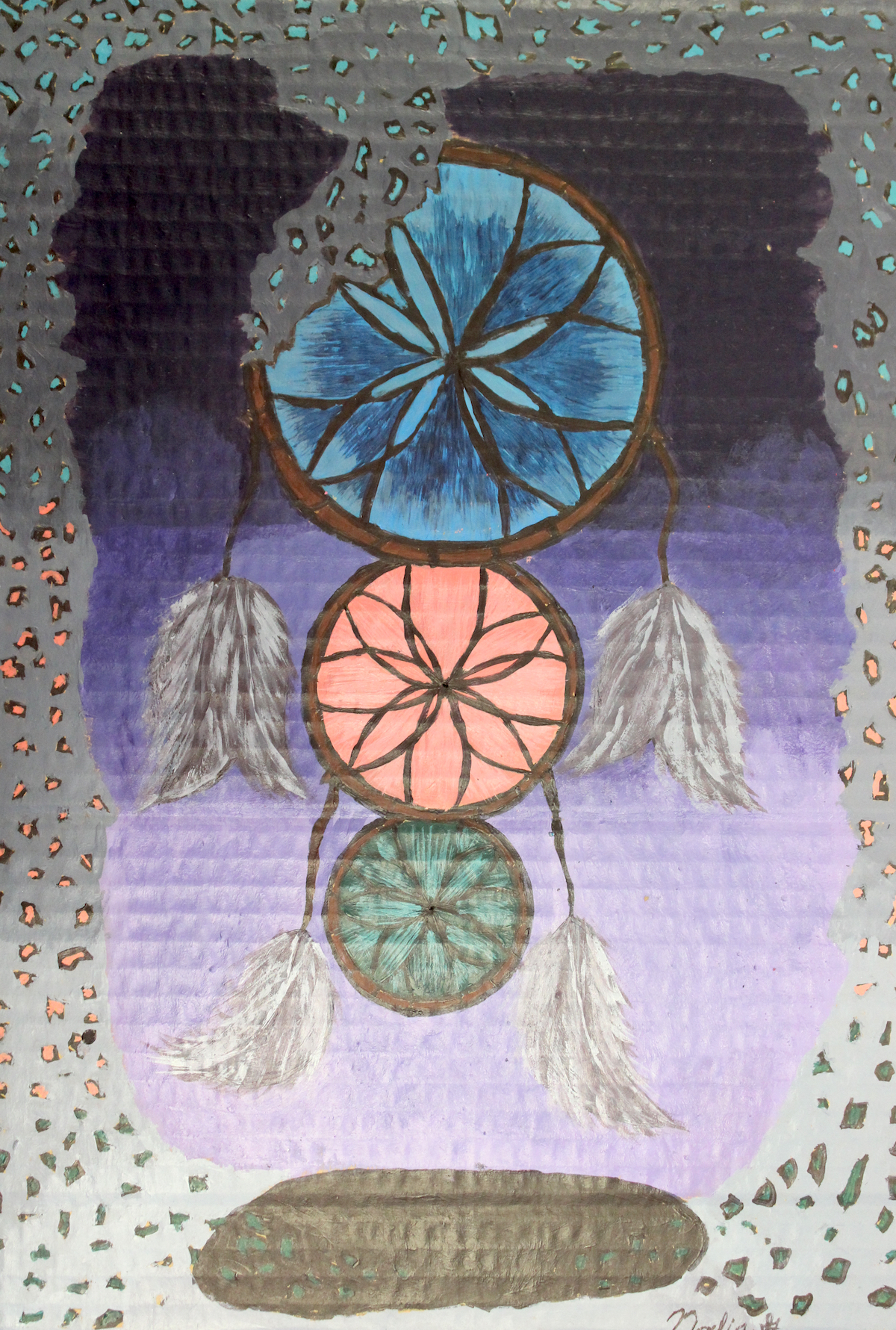
Certain key steps help ensure students will be able to grapple with ideas, incorporate composition strategies, and execute a purposeful painting. These steps can help with this project:
1. Daily Visual References
Show visual examples of art pieces that communicate powerful messages. The routine of analyzing work and having various partner and small group decoding sessions around the meaning of example art pieces is crucial for developing ideas.
2. Brainstorming Sheet
Brainstorming activities are helpful for the entire class. Worksheets with topic categories and potential themes can help get the ideas rolling. Once students have the first step toward their theme or message, more substantial steps can be taken to dig deeper. You can download the sheet I use in my classroom below!
3. One-On-One Conferencing
While students are engaging in research for imagery and beginning rough sketches, call each student over for a one or two-minute conversation. Students can explain their ideas while you ask probing questions. These questions can begin with the potential message students want to express and one or two images that can help make it happen.
4. Detailed Sketches
Detailed sketches help with solidifying and testing ideas. These sketches are larger, rendered as accurately as possible for their final piece, and colored with markers and colored pencils.
5. Critique
Detailed sketches can make critiquing the material easier. One cool way to do it is to have students write one or two questions they want specific feedback about on an index card. The index card is attached to a piece of binder paper and placed next to their sketch. The class then circulates the room, reading the feedback questions students want about their work, and writing answers to those questions. Individual students then take the written feedback received and implement it into their final pieces. Some potential feedback questions are:
- What do you think my message is?
- How can I better use my negative space?
- What do you think my symbolic image represents?
The Painting with a Purpose piece can be a favorite throughout the year. Some students keep their messages surface level, like expressing their love of giraffes. Other students reflect and dig deeply within to find out what really matters to them and what they care enough to create a painting about. Either way, the choice and relevance of this assignment can motivate students to create their greatest paintings yet.
What other kinds of assignments have helped encourage students to express their opinions or perspectives?
What types of questions come up about the Painting with a Purpose project?
Magazine articles and podcasts are opinions of professional education contributors and do not necessarily represent the position of the Art of Education University (AOEU) or its academic offerings. Contributors use terms in the way they are most often talked about in the scope of their educational experiences.
